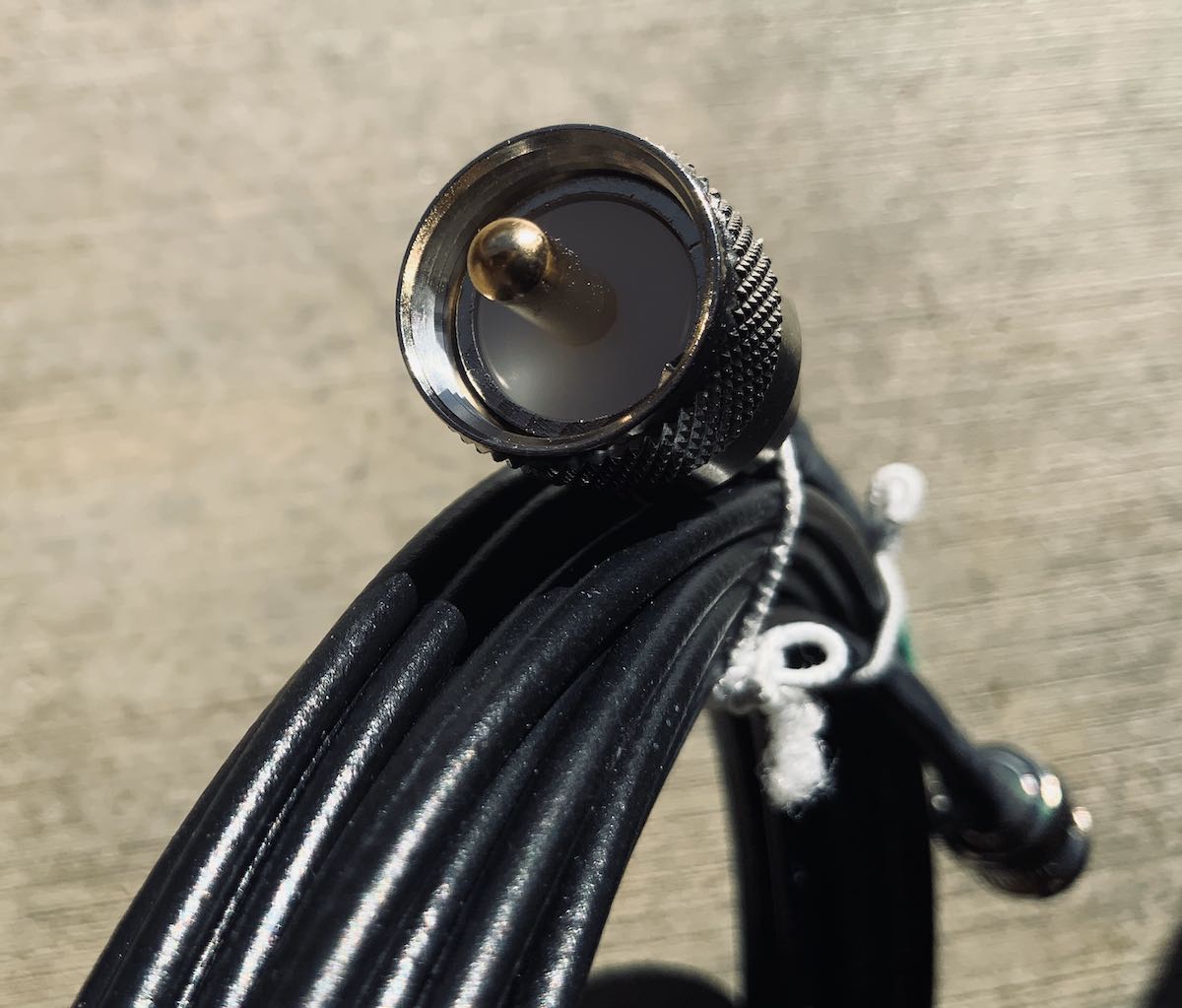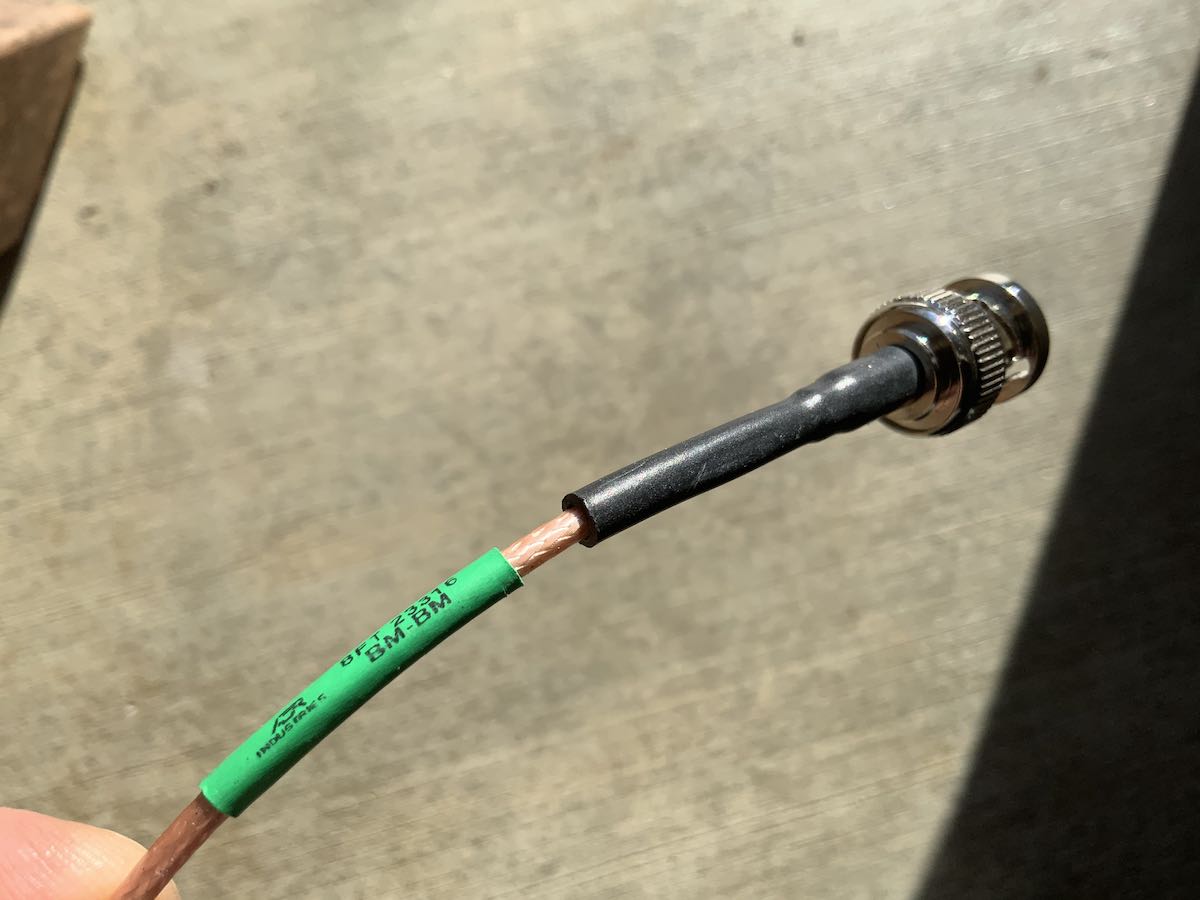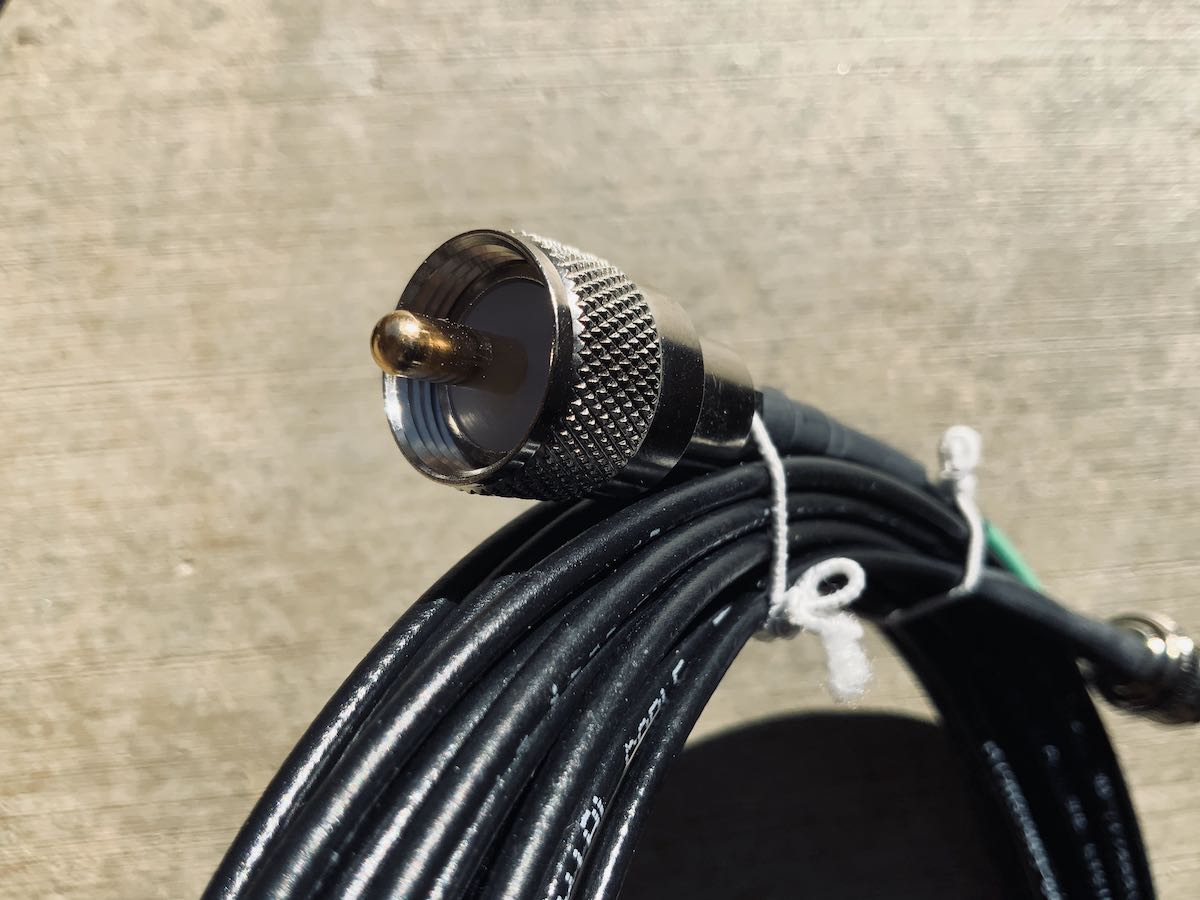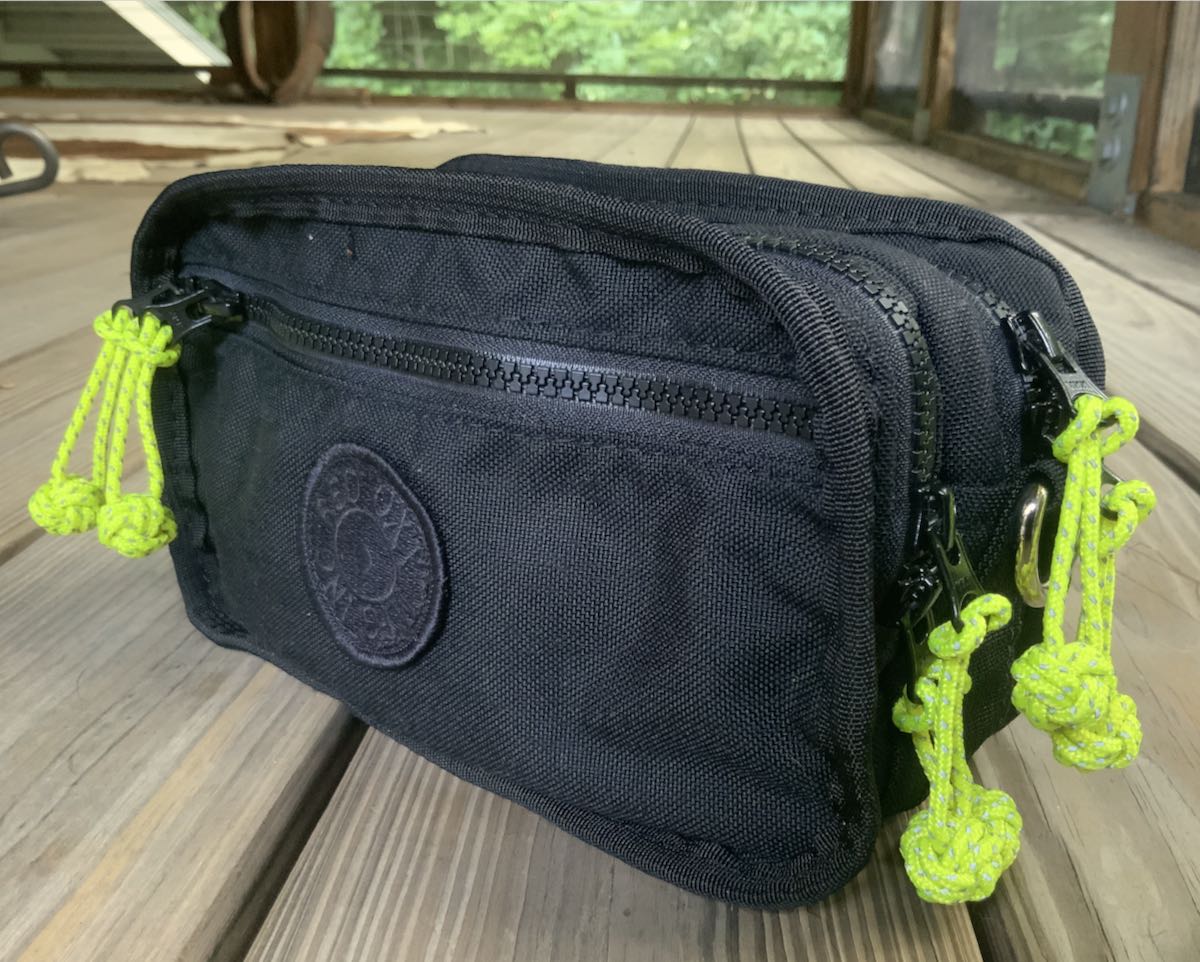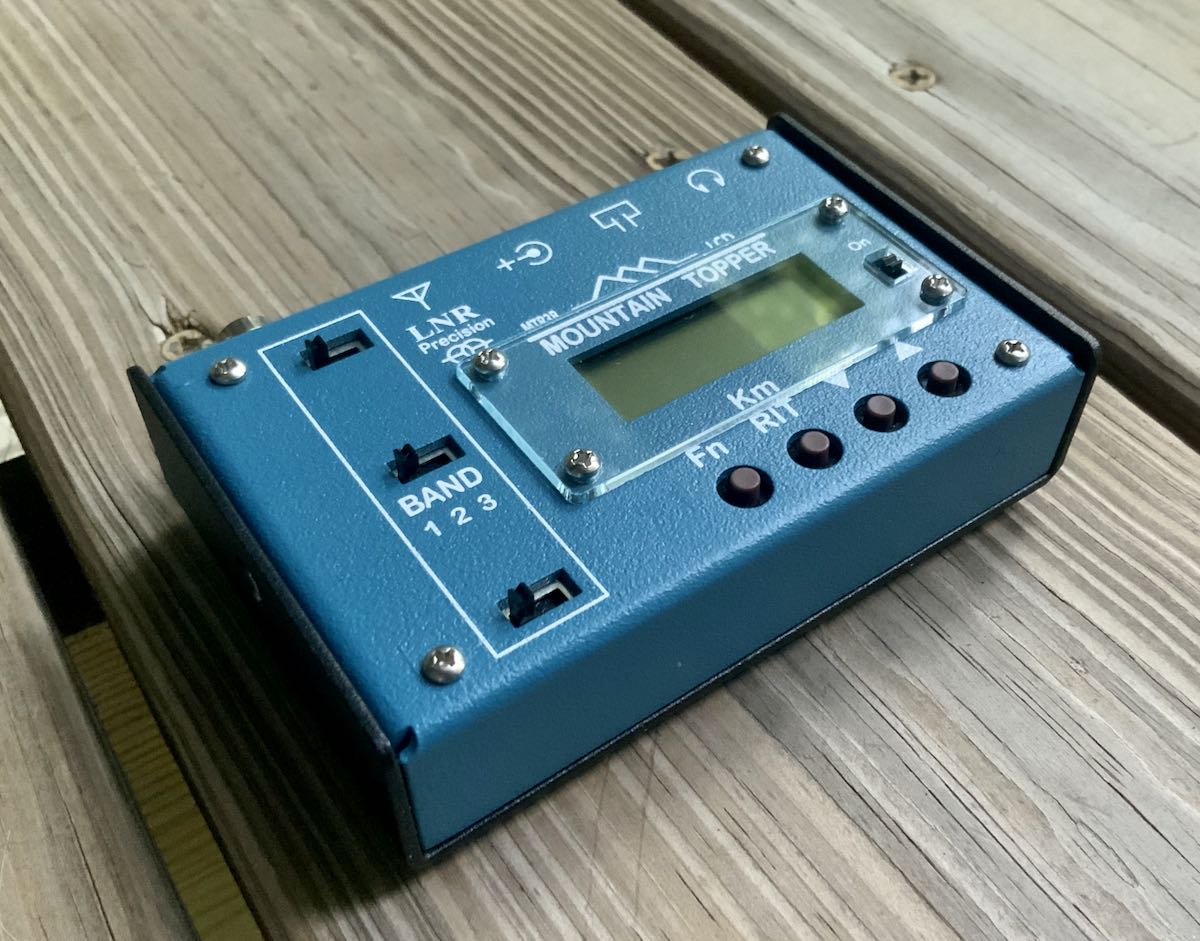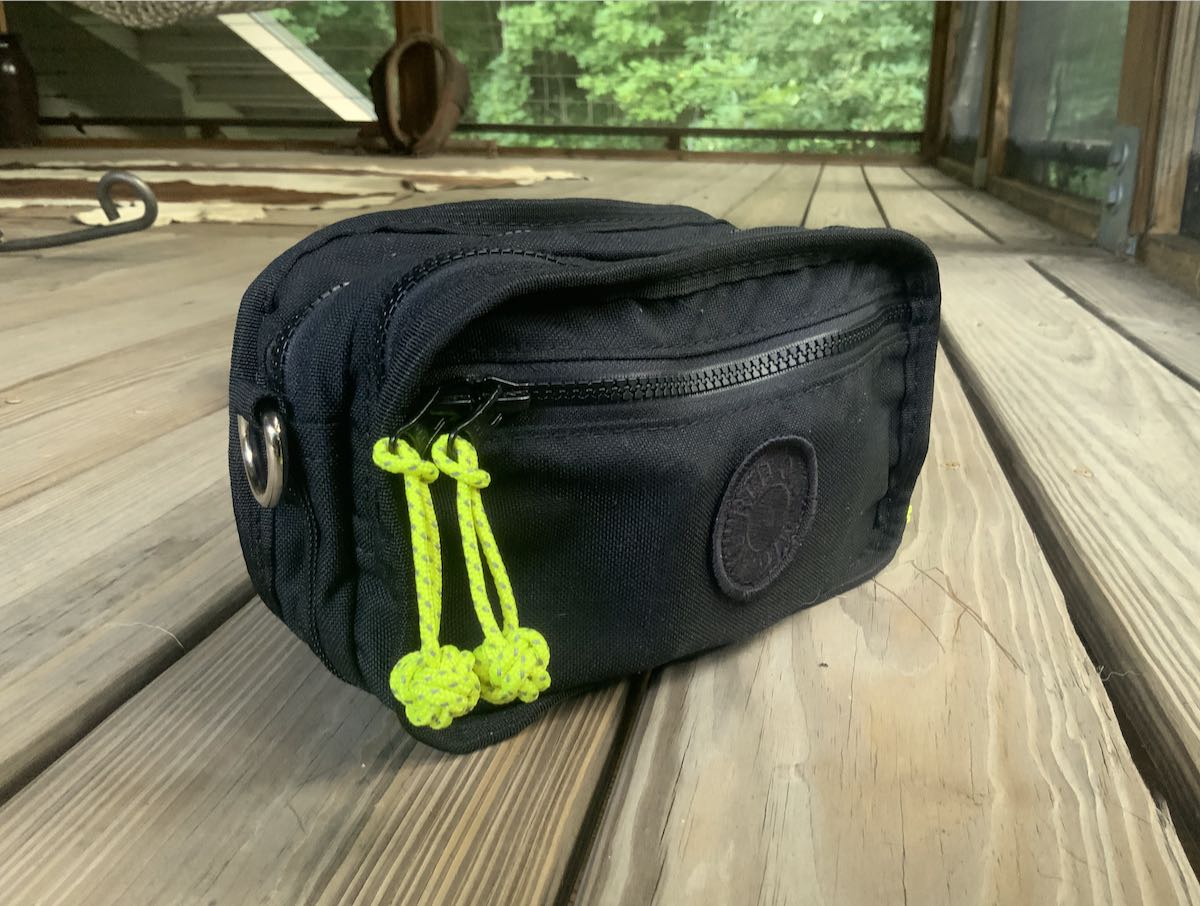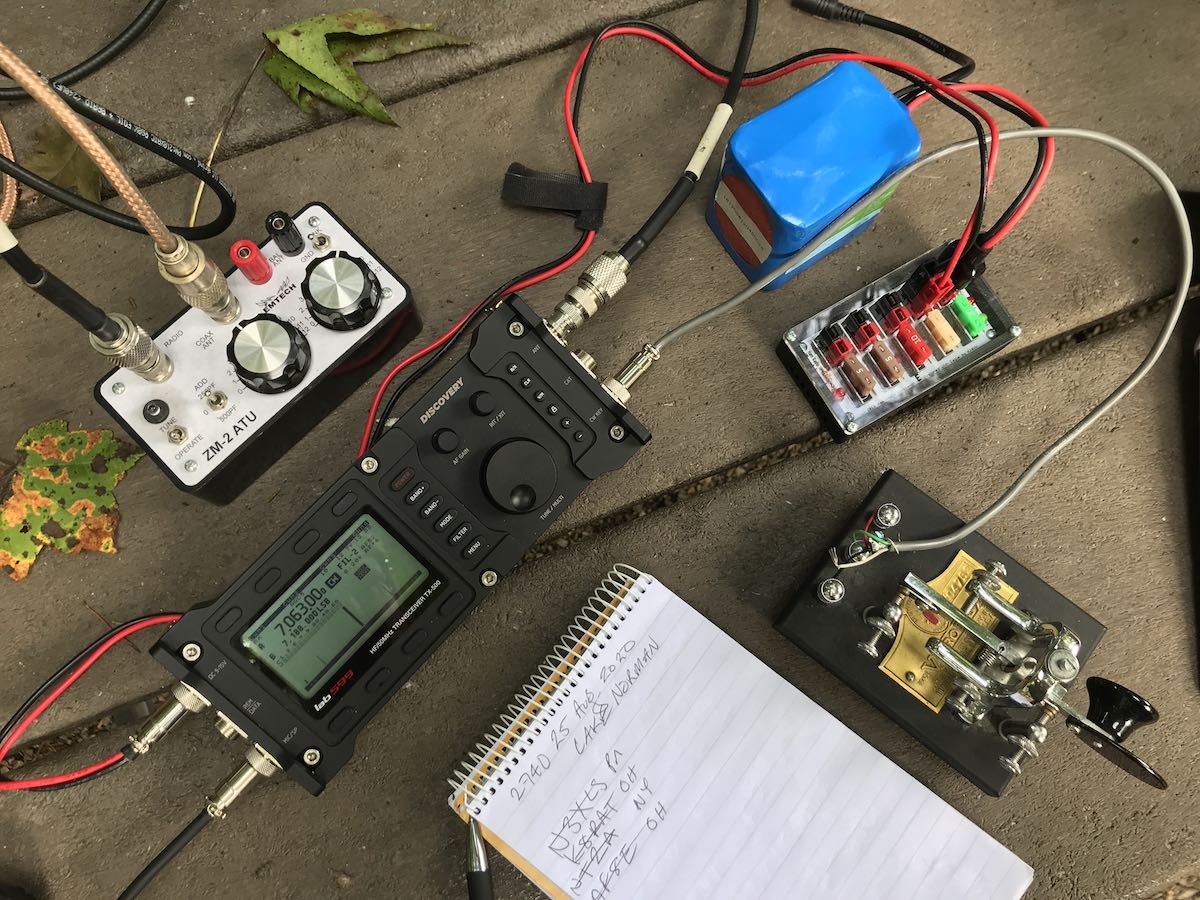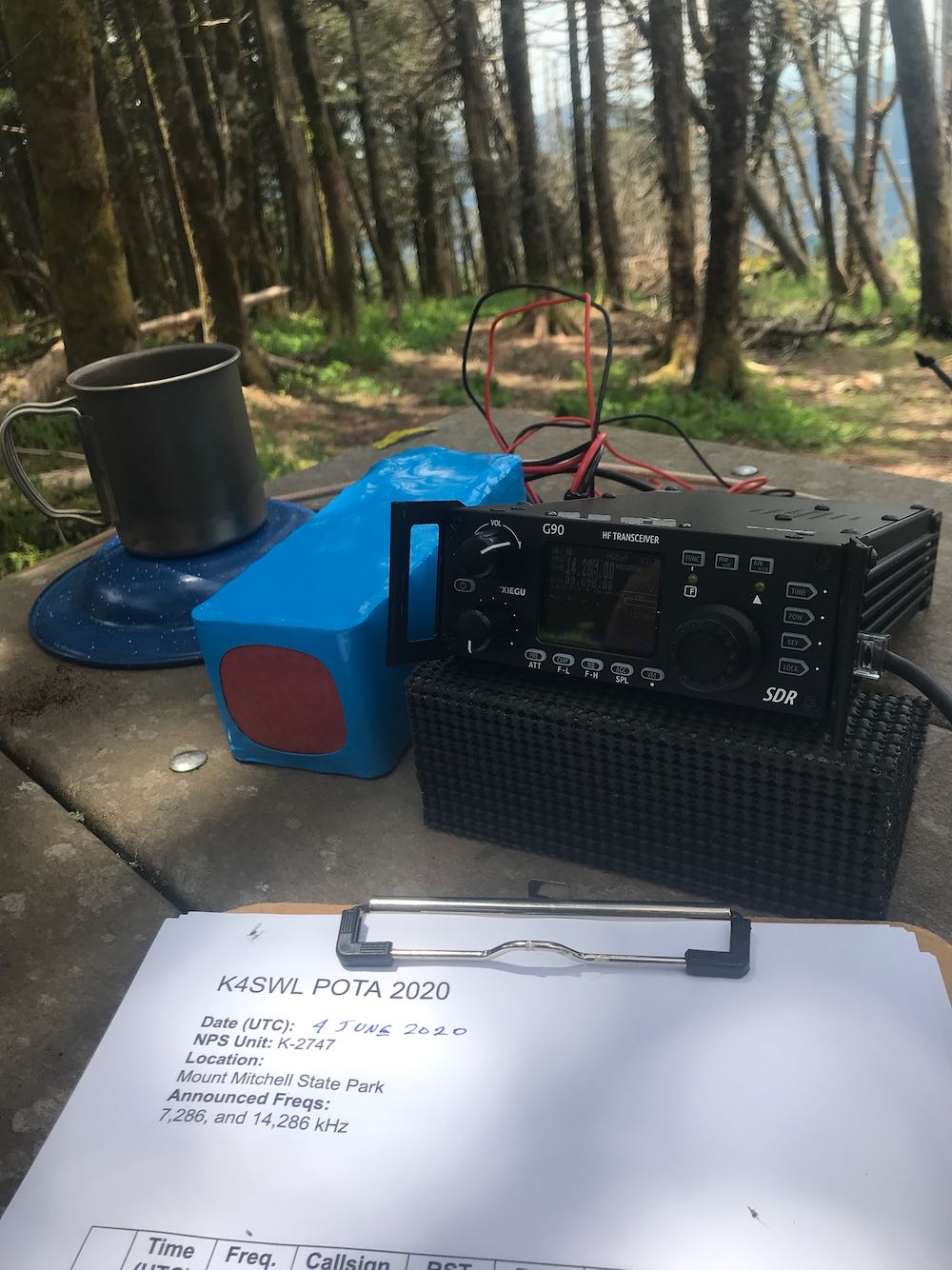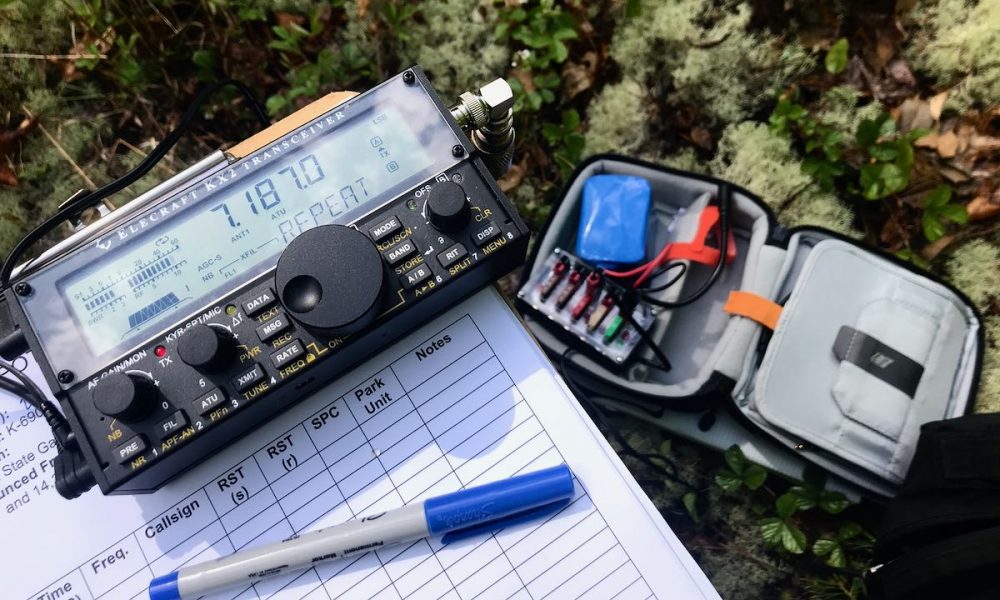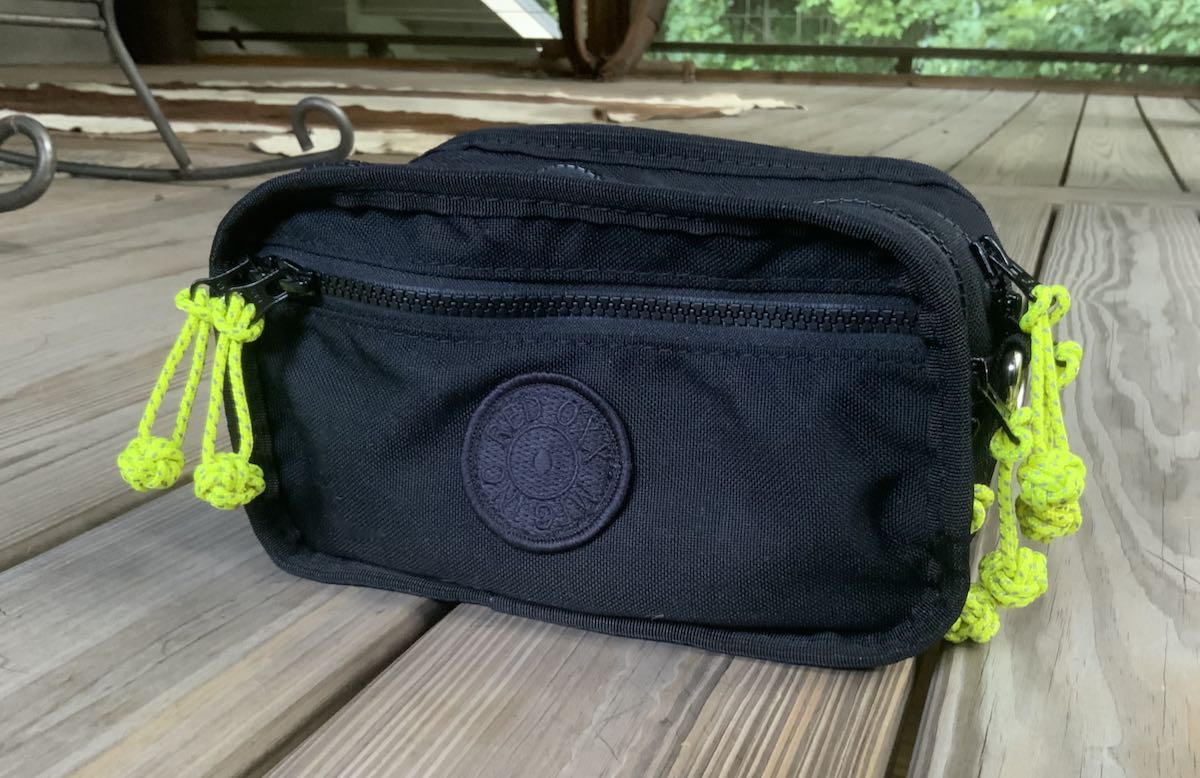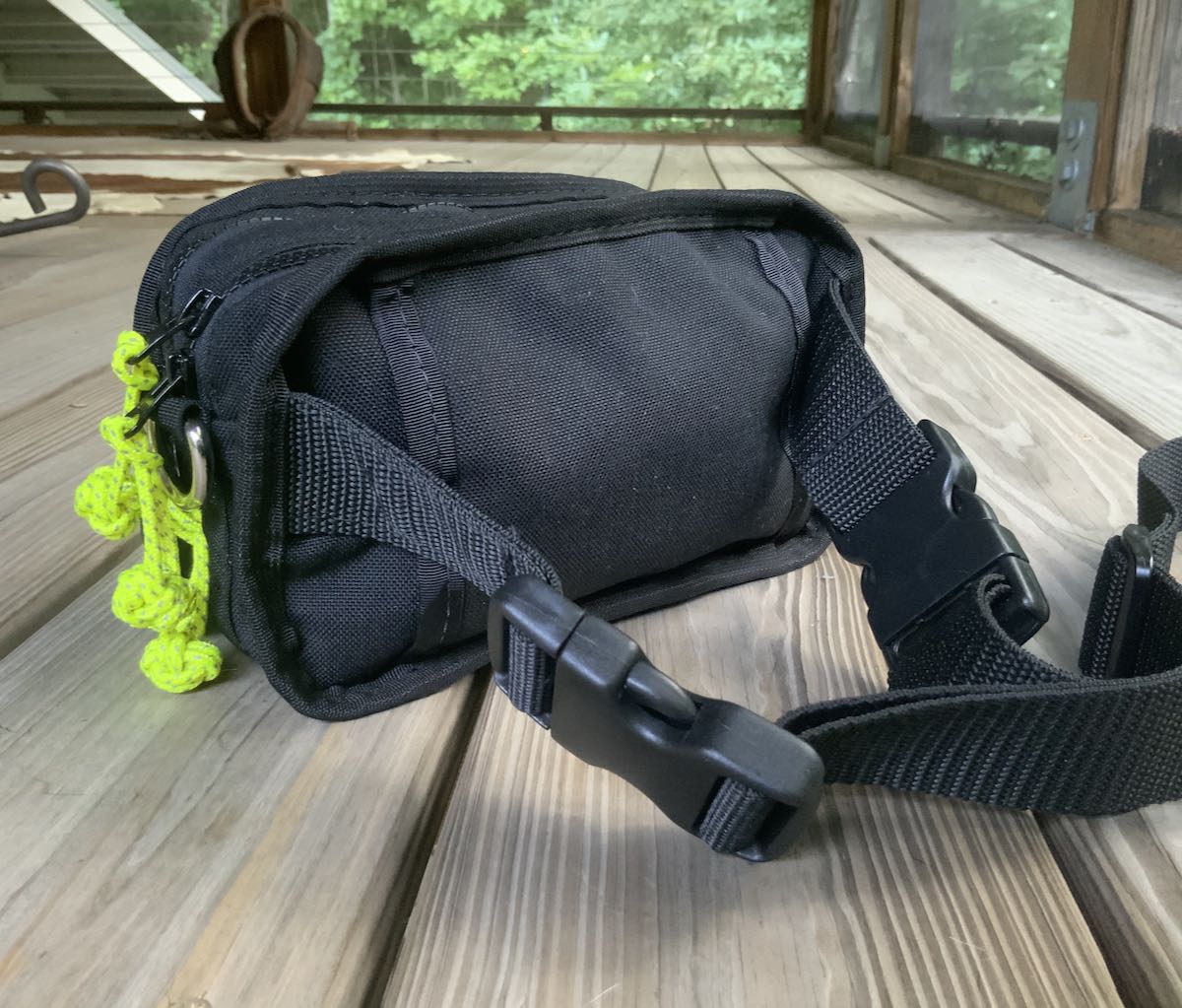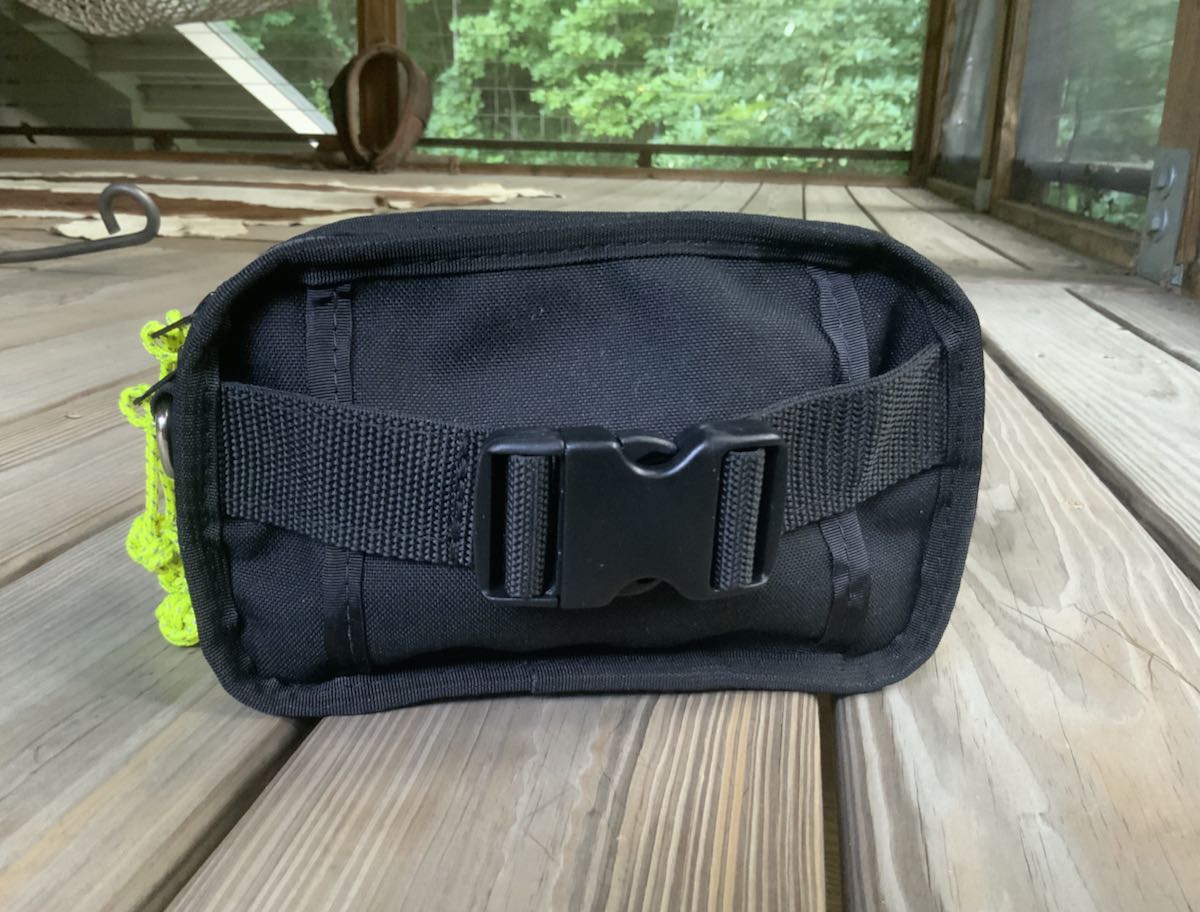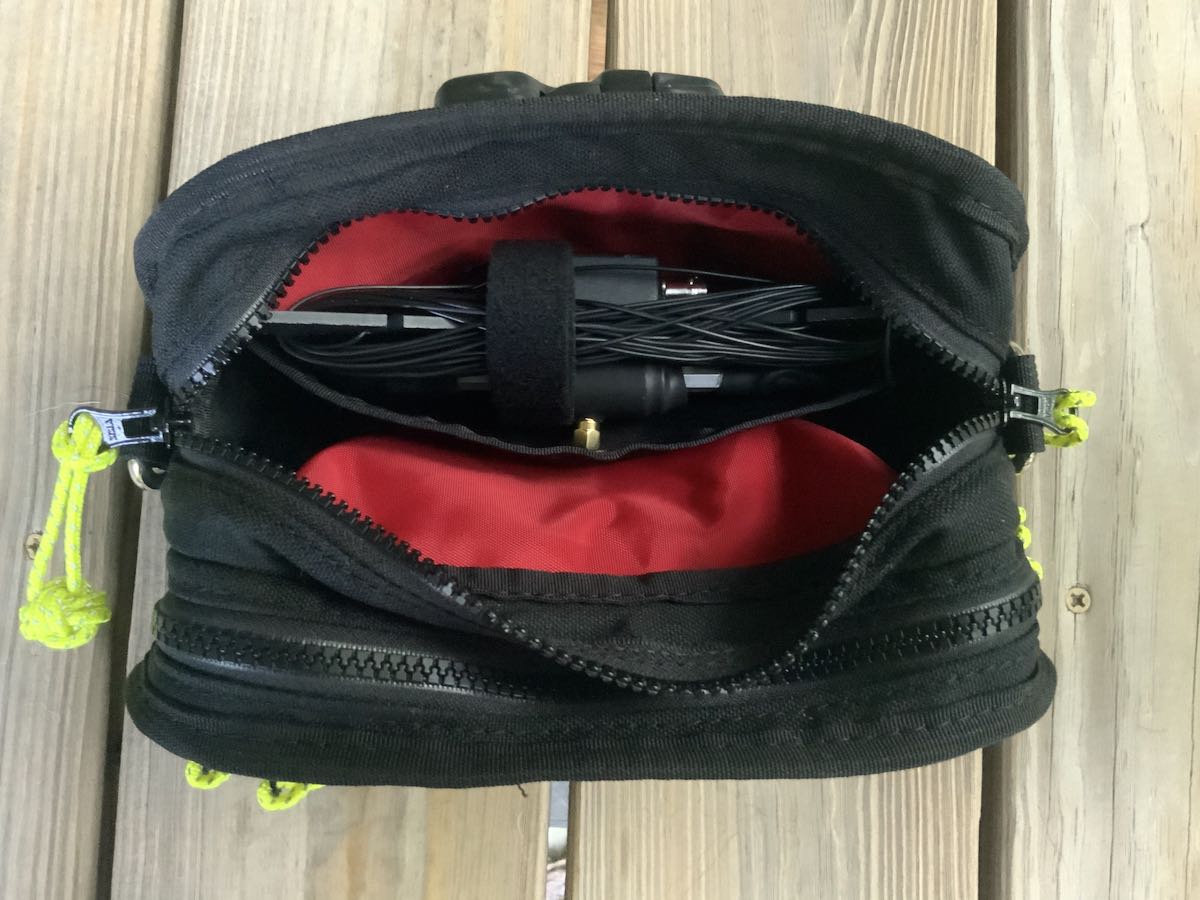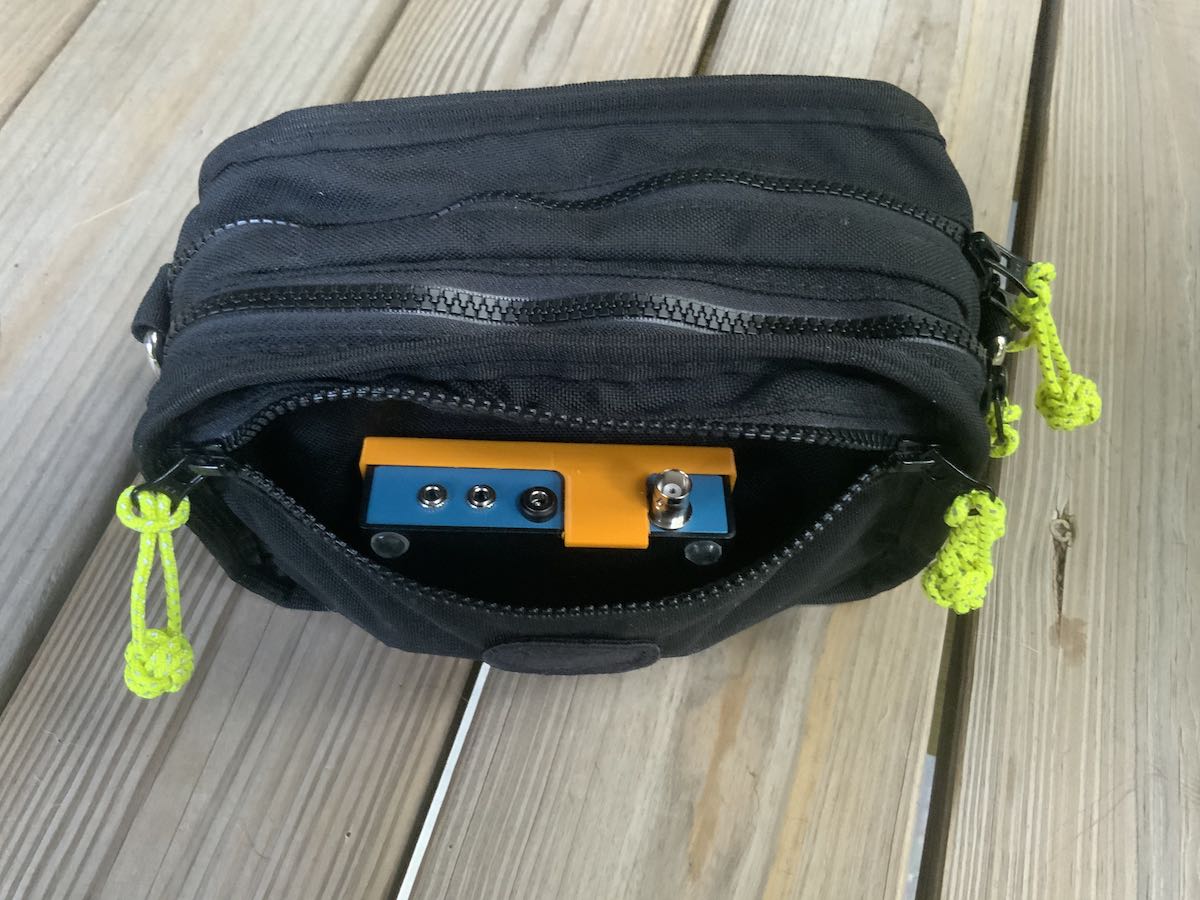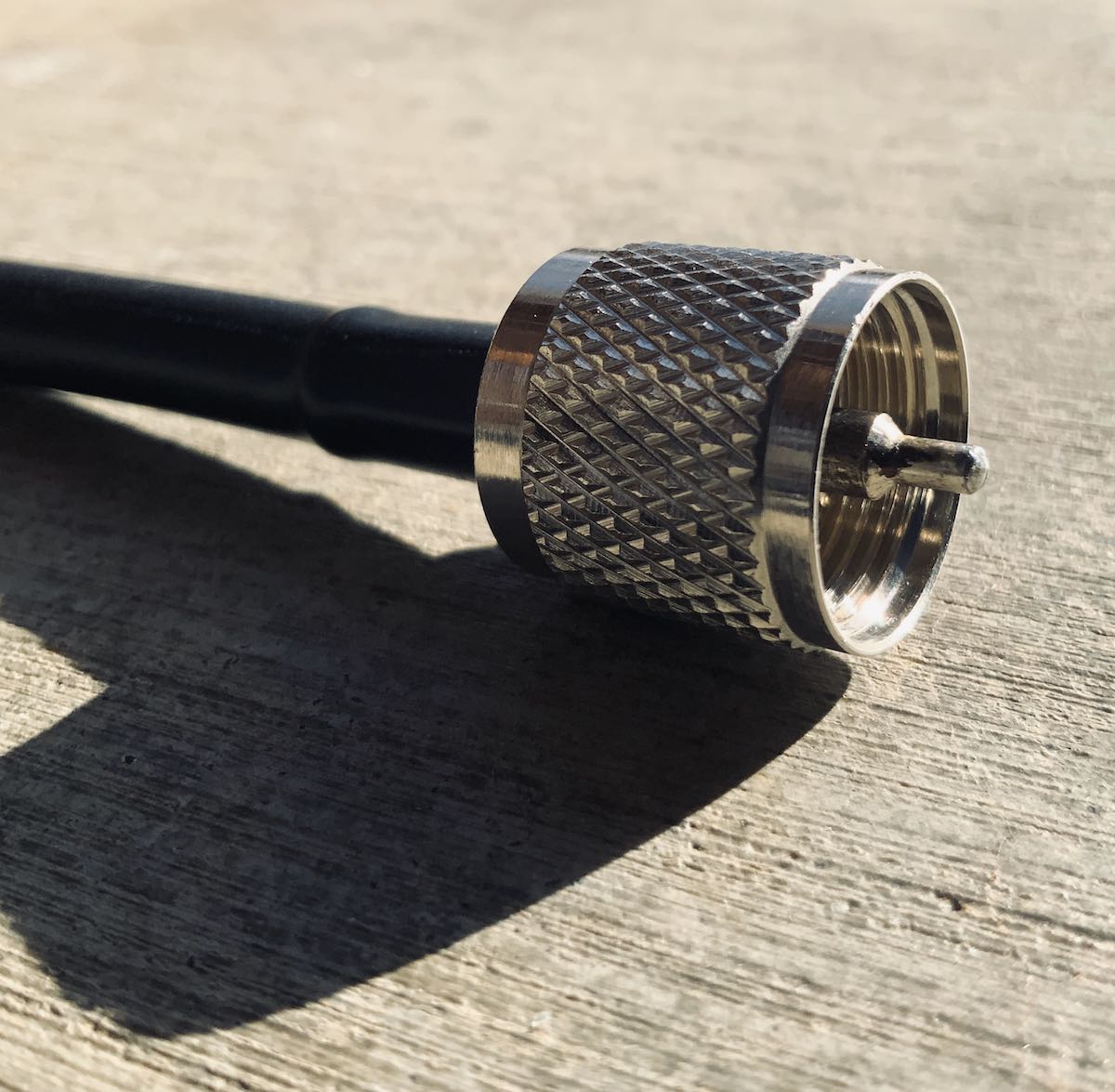 Two radio accessories I often forget to mention in my posts and reviews are cable and connectors. When a cable functions well, it’s taken for granted and easily overlooked.
Two radio accessories I often forget to mention in my posts and reviews are cable and connectors. When a cable functions well, it’s taken for granted and easily overlooked.
You’ll hear me say that a radio is only as good as its antenna and while that’s true, the important link in the system is your antenna cable and connectors. If you have a fabulous antenna and a benchmark radio, but you connect the two with substandard cables, it will create unnecessary losses and even shorts if you’re not careful.
But let’s be honest: it’s easy to cheap out on cables.
When I first started using tabletop receivers and transceivers in my youth, I had a tight budget. When I would go to a local hamfest where I’d find excellent prices on cable assemblies from those accessory retailers who sell a little bit of everything. You know…the tables with everything from $10 multimeters to $5 blinking lights–? I’d find their prices for cable assemblies too attractive and would grab them.
No more.
Back when I owned my original Yaesu FT-817, I used one of these cables on Field Day and blew my finals due to a small short ono a connector end (if memory serves, braiding was touching the conductor). From that point forward, I decided I’d invest in quality cables.
ABR Industries
At the Hamvention in 2010, I found ABR Industries’ table. The only thing they had on display were cable assemblies and a handful of cable accessories. I picked one cable up and inspected it–I could tell it was good quality. Although I know how to make my own cable assemblies (with PL-259s, at least) I appreciate professionally-built assemblies.
I spoke with the representative that day and learned about their company and how they go about making standard and custom cable assemblies in the USA for the consumer, commercial, and government markets.
Although the price was at least double what I would have paid at one of the discount retailers, I never looked back.
From that point forward, I’ve only purchased ABR cables typically at Hamvention, Universal Radio, or even directly from ABR’s website (when I ordered custom assemblies).
The quality of ABR cables is second to none. I have never had one fail at home or (especially) in the field.
For my QRP POTA activations, I started investing in ABR316 and ABR100 BNC to BNC assemblies. I’m especially fond of the ABR316 assemblies (above) because they’re so resistant to memory when I coil them.
You pay for what you get
I suppose this is on my mind because I’m about to do an assessment and make another ABR order so that my new field radio kits have their own dedicated cable assemblies with correct ends (so I’m also not forced to use BNC or PL adapters for matching).
I’m also replacing some of my 3 foot cable assemblies with SMA connectors to PL-259 for my bank of SDRs. This is a part of achieving one of my goals for 2021. I’ll know then that each receiver will have a quality link to my antenna splitter and antenna.
My point here is don’t skimp on your cable, adapters, or cable assemblies.
If you have the skill to build your own, buy quality components and take your time building them.
If you prefer purchasing pre-made cable assemblies, talk with your local ham radio retailer, or seek out cable assembly houses like ABR Industries. I’d avoid purchasing cheap cables you may find on eBay or Amazon.com, for example. That’s not to say that there aren’t quality discount assemblies out there, I just prefer buying from a company that takes pride in their work and stands behind the quality.
Click here to check out ABR Industries.
ABR Industries isn’t a sponsor of the SWLing Post (although I’d love to add them!)–I’m just a long-time customer who is happy to plug their products. I can recommend them without reservation.
[Update: In August 2023, we did become an affiliate of ABR Industries. Purchasing with our links supports the SWLing Post at no cost to you.]
I’ve also bought numerous long cable runs, wire, DC cable, ladder line, paracord, and sealant from The Wireman. I also highly recommend them.
ABR isn’t the only quality cable assembly house–there are many others throughout the world. Who do you recommend? Please leave a comment and links to your picks!


